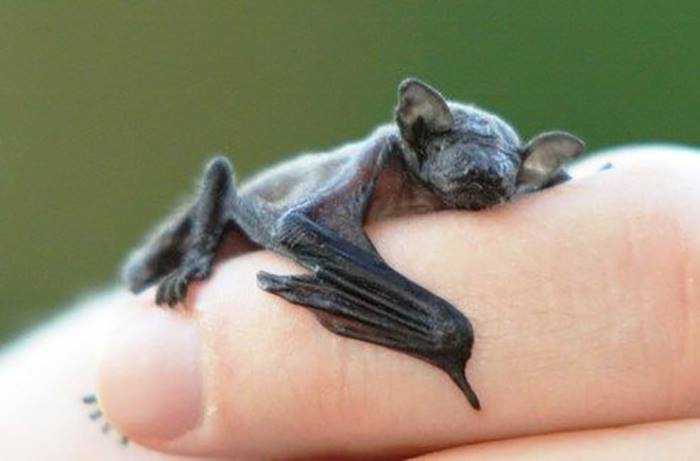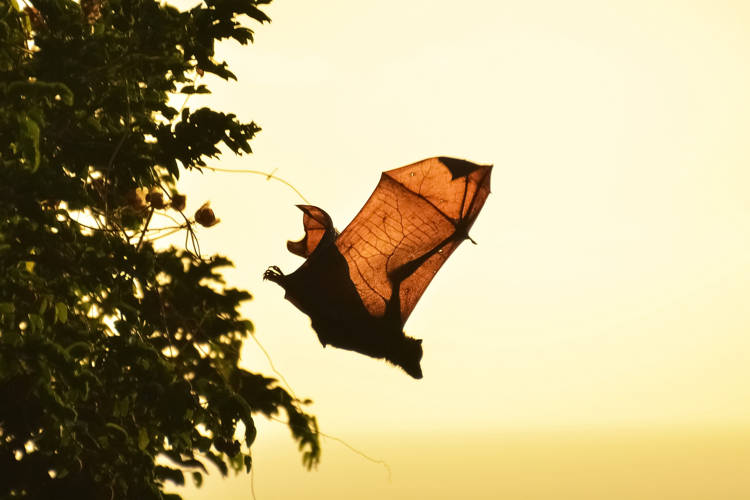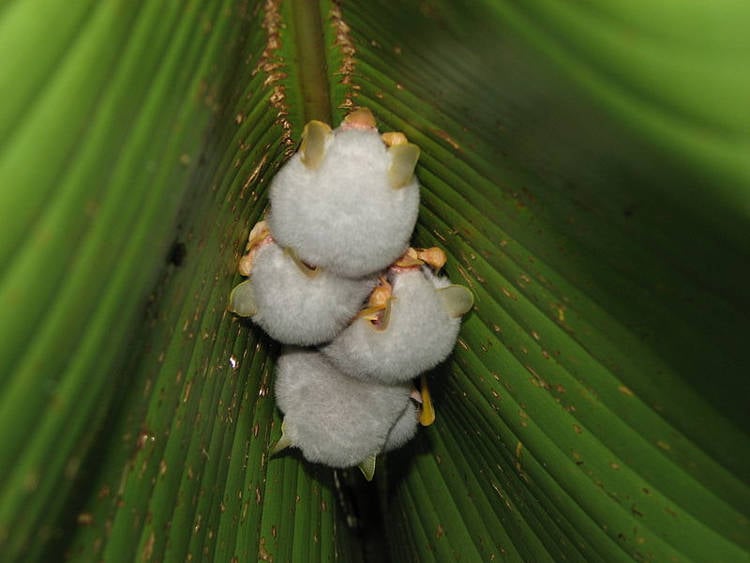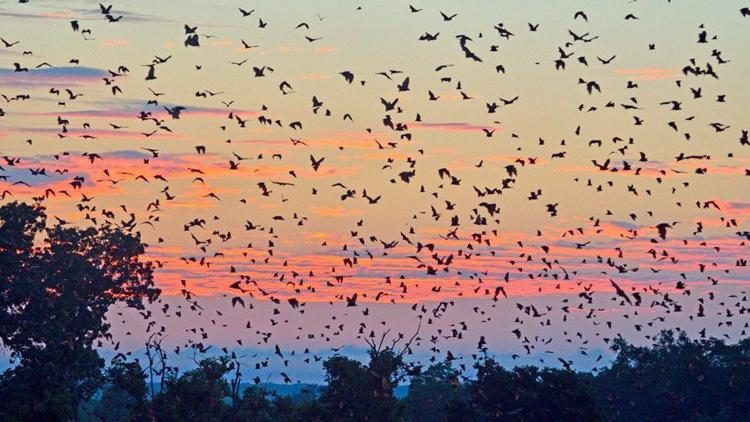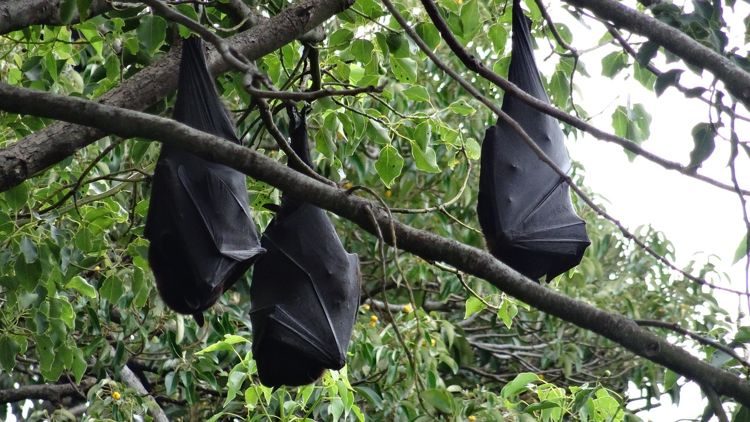It’s hard to imagine a fragile spider killing and eating a full-grown bat. I mean there’s no way a tiny spider could have any sort of muscle power over a fully grown bat, right? Believe or not, there are eight-legged bugs out there that can pounce on bats and eventually devour them. And when they can’t, they rely on their superior web-spinning skills to get the job done.
One of the earliest sightings of bat-eating spiders occurred way back in 1941, when Indian scientist G.C. Bhattacharya (of the Bose Research Institute) walked into a cowshed in a village near the city of Calcutta. In a letter to an unknown publication, he wrote a detailed account of his experience: “Entering into the cowshed, I noticed a pipistrelle bat struggling to drag itself out of a crevice between two bamboo strips of a wall and a big house-spider was seen firmly gripping the former by the neck with its powerful mandibles.” No matter how much the little bat kicked, and screamed and flailed, the spider held on with a death-grip. “There was intermittent gasping and screaming of the bat,” Bhattacharya wrote.
Eventually, he focused a torch on the spot and as soon as the light fell on the pair, the bat screamed loudly and managed to drag itself through a certain distance on the matted shed wall. About 20 minutes later, the bat, thoroughly exhausted, stretched out its wing and gave in. Bhattacharya then captured both victim and predator in a glass jar and took them home for closer observation. The next morning, he found the spider resting peacefully at the top of the jar, while the bat lay dead at the bottom, untouched. It had visible injuries to its neck and had died sometime during the night.

Read More »

